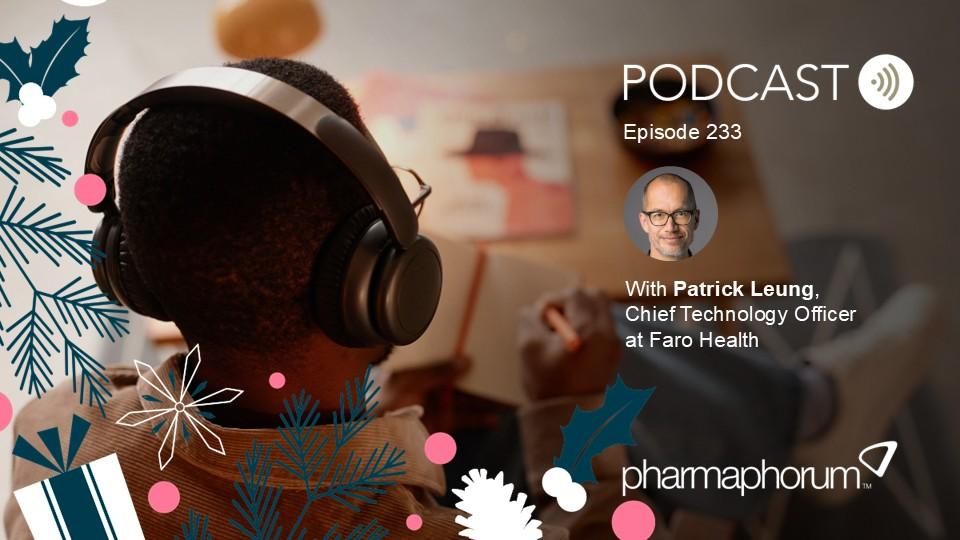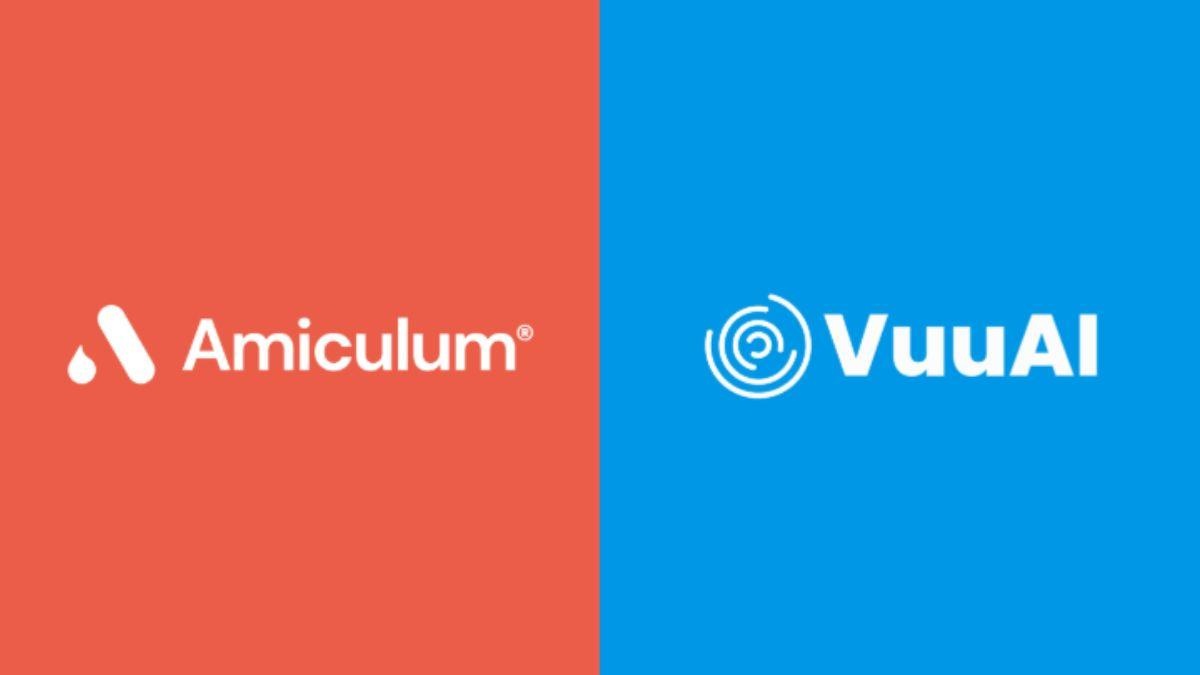Minding the gap in the UK multiple sclerosis market

Identifying brand opportunities in competitive markets with several new and innovative contenders requires a disciplined focus on the three pillars of brand success – experience, access and execution. Richard Goosey puts this into a UK perspective.
The global multiple sclerosis market is estimated to grow by more than 50 per cent over five years, from $12 billion in 2013 to $18.3 billion by 2018, according to research by Datamonitor Healthcare1. This growth is driven by the emergence of a cluster of new oral therapies, such as Gilenya, Aubagio and Tecfidera, which suggests the incumbent brands will struggle to maintain current share.
"The global multiple sclerosis market is estimated to grow by more than 50 per cent over five years"
But such a busy and competitive market also serves to demonstrate opportunities for brands to realise their full potential and start closing the gap between the market share they currently command and the share of preference reported to us by prescribers, in this case neurologists, if they were free to select the products they feel are most appropriate for their patients.
In the past, multiple sclerosis has been quite a turbulent market, as products that have been through the licensing and guidance processes have been withdrawn because of side-effect problems only to be reinstated once new data became available. Now it is in flux because a number of new and innovative Disease-modifying drugs (DMDs) are challenging the status of the established first-line treatments for relapsing-remitting multiple sclerosis, which, in the UK, are Rebif, Avonex, Betaferon, Extavia and Copaxone.
The agents, old and new, all have different selling points and the most important thing in such a market is to know where to focus communications and associated materials. There are issues to do with the market and positioning in terms of what is used as the central lever to ensure the brand's data is fully utilised and supported by the key opinion leaders (KOLs). Identifying the right area of focus can enable companies to substantially grow market share.
This requires a new approach, as outlined in the white paper 'Is pharma brand marketing dead or has it just arrived?', which combines the core components of brand success – experience, access and execution – into a single analytical and holistic framework to pinpoint the critical issues that can open up new opportunities.
In terms of experience, it is important to observe that there are several different methods of administration available for multiple sclerosis treatments in the UK. All first-line treatments are given by injection either intramuscularly or subcutaneously from daily to weekly, current second-line agents being either monthly IV or daily orally, and new pipeline products being focused on oral administration. They compete on elements of convenience, but the most important differentiator is their efficacy in controlling the advancement of the disease, resulting in fewer relapses.
"An extension of its licence to first-line treatment would almost triple its brand share"
This creates an opportunity for a current second-line agent, which is given every four weeks by IV and performs strongly on the key drivers of reducing the number of relapses, good efficacy, having a positive impact on myelin repair, and reducing neuron degeneration.
However, the obstacle preventing this novel agent from realising its potential is an access issue, not in terms of its cost-effectiveness but in that it is not currently licenced as a first-line treatment. Due to the very high levels of satisfaction with the agent among neurologists, an extension of its licence to first-line treatment would almost triple its brand share from 12 per cent to around 33 per cent.
This is confirmed when you consider execution of the brand strategy in the market, i.e., how pharma companies are communicating the value of their products. To do so, you need to evaluate all the various marketing elements, including the share of voice being created in the marketplace, the performance of the sales force, the channels they are using and the quality of the materials that are being prepared for neurologists. This agent again outperforms all of its competitors in the methods it is using to communicate the benefits of the treatment for the patients, significantly creating an equity gap between its current market share and its preference share with prescribers.
Here, share of preference becomes a key evaluation metric, which shows the products prescribers would select if they had free choice. A clear differential with market share reveals an opportunity or true brand equity which can be exploited. As the drug is already used by 85 per cent of prescribers (within the terms of its licence), prescribers were keen to use it in many more of their patients.
"Suddenly, a useful picture of the opportunity has emerged, built using social media listening"
Suddenly, a useful picture of the opportunity has emerged, built using social media listening to first observe how patients feel about their current treatment, and what other treatments they are advocating (the voice of the patient is being heard), before conducting more direct research with prescribers and payers to flesh out the drivers behind treatment pathways and decisions to switch.
This example looks at just one market and one therapeutic area, but the focus on experience, access and execution is valid in many other areas. For our novel multiple sclerosis treatment in the UK it highlights how, in a highly complex market with multiple agents, the most important area to focus on for closing the gap between realistic and optimal market share is access – lack of licence approval as a first-line treatment.
Many other areas could be researched and exploited by the marketer, all of which might make them feel like they are doing useful work reaching for 'low hanging fruit', but missing the true opportunity and not realising the full potential of the brand.
For example, Biogen recently demonstrated this in multiple sclerosis, when its new product, Tecfidera (twice-a-day tablet), received final draft guidance from NICE (July 2014) for treatment for adults with active relapsing-remitting multiple sclerosis, reversing the decision to not recommend Tecfidera made in the previous draft consultation document issued in February 2014. The MS Trust was an active contributor to the review process.
Brand opportunities in competitive markets are not easy to identify, and getting it wrong can be as expensive as the rewards that can flow from getting it right. For pharma marketers, it is becoming ever more important to mind the gap between a product doing well and one that truly lives up to its potential.
Reference:
1. 'Multiple Sclerosis market to reach more than $18bn by 2018′, Datamonitor Healthcare, Aug 2013.
Watch out for the next article in this series, coming soon, and register here to join the free webinar 'Is pharma brand marketing dead' on 22 October 2014.
About the author:
Richard is chief methodologist and senior director of advanced methods for Kantar Health UK. He has 30 years' consultancy experience in marketing sciences and advanced analytics on both agency and client-side. Richard joined Kantar Health from Roche where he specialised in business planning and forecasting in support of the Oncology HER2 team. Prior to Roche, Richard was at Lundbeck UK where he was head of commercial planning and business intelligence. Richard was instrumental in developing the PINNAKLE Kantar Health system for measuring the unrealised brand opportunity for new and existing healthcare products.
For more details on PINNAKLE, please visit:
http://www.kantarhealth.com/solutions/brand-success
Have your say: How do you identify key opportunity gaps for pharma brands?










